Research
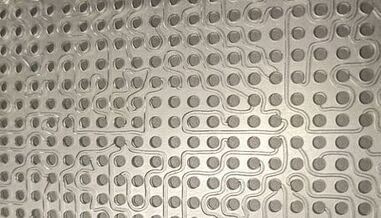
Landscape spatial structure and population genetics
As a scientist at Eawag I have been developing a novel experimental system artificial landscape microcosms in 384-well plate format. We are using this system to test both demographic and genetic hypotheses.
As a scientist at Eawag I have been developing a novel experimental system artificial landscape microcosms in 384-well plate format. We are using this system to test both demographic and genetic hypotheses.
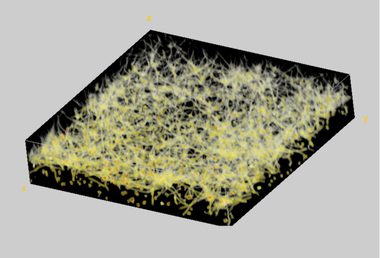
Candida albicans - Staphylococcus aureus interactions
As a postdoctoral researcher in the Momeni Lab at Boston College, I studied interactions between the fungus Staphylococcus aureus and Candida albicans, with a focus on biofilm formation, pH, and dispersal.
You can view examples of my work here:
Candida albicans biofilm pore size and shape affect pore pH
Candida albicans-Staphylococcus aureus interactions altered by pH-induced changes to biofilm architecture.
As a postdoctoral researcher in the Momeni Lab at Boston College, I studied interactions between the fungus Staphylococcus aureus and Candida albicans, with a focus on biofilm formation, pH, and dispersal.
You can view examples of my work here:
Candida albicans biofilm pore size and shape affect pore pH
Candida albicans-Staphylococcus aureus interactions altered by pH-induced changes to biofilm architecture.
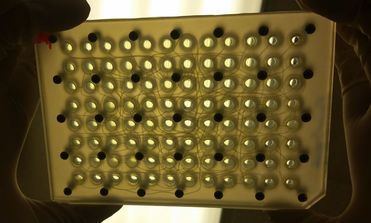
Metapopulation Microcosm Plate
MMPs are devices which resemble 96-well microtiter plates but with corridors connecting the wells in any configuration desired. MMPs can be filled with nutrient broth and used to culture microorganisms in 96-subpopulation metapopulations.
Where can I find files to make my own MMPs?
MMPs are devices which resemble 96-well microtiter plates but with corridors connecting the wells in any configuration desired. MMPs can be filled with nutrient broth and used to culture microorganisms in 96-subpopulation metapopulations.
Where can I find files to make my own MMPs?
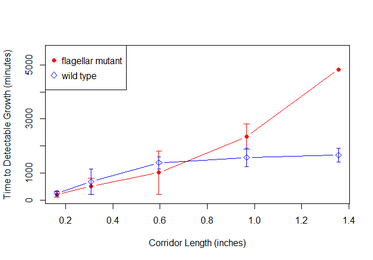
Metapopulation Connectivity and Persistence in Pseudomonas syringae
Part of my dissertation work uses MMPs to manipulate the degree distribution corridors in bacterial metapopulations to explore how this affects a population's ability to persist and recover from disturbance.
Part of my dissertation work uses MMPs to manipulate the degree distribution corridors in bacterial metapopulations to explore how this affects a population's ability to persist and recover from disturbance.
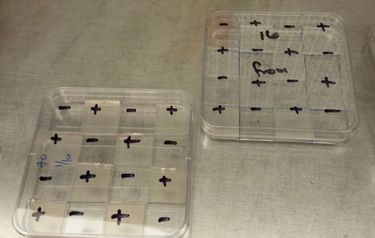
Nitrogen Patch Size and Root Branching
A collaborative project in the Simms Lab to investigate how the size of nitrogen patches affects the frequency and orientation of root branching and the position of root nodules.
A collaborative project in the Simms Lab to investigate how the size of nitrogen patches affects the frequency and orientation of root branching and the position of root nodules.
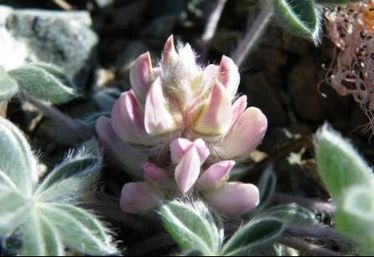
Population Viability Analysis of the Lassics Lupine (Lupinus constancei)
My master's work at Humboldt State University in the Jules Lab (Dept of Biology) was a population viability analysis of the Lassics lupine, an extremely rare plant endemic to Humboldt and Trinity Counties in northern California. We found that without continued management interventions, seed predation by rodents has the potential to drive this species to extinction.
Check out the paper, my master's thesis, and the data package!
My master's work at Humboldt State University in the Jules Lab (Dept of Biology) was a population viability analysis of the Lassics lupine, an extremely rare plant endemic to Humboldt and Trinity Counties in northern California. We found that without continued management interventions, seed predation by rodents has the potential to drive this species to extinction.
Check out the paper, my master's thesis, and the data package!